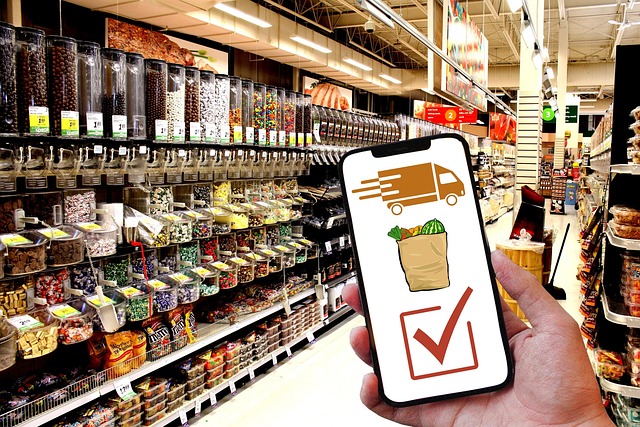Online Shopping: Practical Guide for Shoppers and Sellers
Online shopping has changed how people discover, compare, and buy goods, combining convenience with wider choice. This article explains how e-commerce platforms work, what to look for on an online site, how retail and digital channels intersect, and how smartphones shape shopping behavior. It also notes occasional service interruptions that can affect user experience and merchant operations.

Shopping: how consumer habits are changing
Consumers now expect fast search, flexible delivery, clear returns, and transparent pricing when shopping online. Many shoppers use product reviews, comparison tools, and social proof to decide, shifting part of the buying process from in-store discovery to pre-purchase research. This has encouraged retailers to prioritize content like detailed product descriptions, high-quality images, and customer Q&A to reduce uncertainty and lower return rates.
Retailers and brands that understand omnichannel behavior—customers switching between desktop, mobile, and physical stores—can better tailor inventory, promotions, and loyalty programs. Personalization and privacy balance is important: shoppers appreciate relevant suggestions but are increasingly sensitive about how their online behavior is tracked and used.
E-commerce: how platforms process orders
E-commerce platforms connect storefronts, payment gateways, inventory systems, and logistics providers so orders flow from cart to delivery. Typical components include product catalogs, shopping cart and checkout flows, payment processing, order management, and integrations for shipping and taxes. For merchants, the challenge is ensuring reliable integrations and testing edge cases like failed payments or partial shipments.
Security and compliance are central: encryption, PCI-compliant payment handling, and clear privacy policies help protect both buyers and sellers. Operationally, merchants use analytics to track conversion funnels, abandoned carts, and lifetime value to refine pricing and marketing spend. Platform choice often depends on scale, integration needs, and the seller’s technical resources.
Online: what to look for in a website
When assessing an online store, check page load speed, mobile responsiveness, clear navigation, and visible customer service options. A good product page should include accurate specs, multiple photos, shipping estimates, and transparent return terms. Look for trust indicators like secure checkout badges and verifiable contact information to reduce the risk of fraud or poor service.
Note that technical problems can occasionally affect online experience. Developers or merchants may encounter API rate-limit responses such as “Too Many Requests: ” when services are overloaded or integrations exceed permitted request volumes. These errors typically indicate temporary throttling and require retry logic, backoff strategies, or coordination with service providers to resolve.
Retail: how physical stores and online meet
Physical retail and online channels increasingly support each other through services like buy-online-pickup-in-store (BOPIS), ship-from-store, and in-store kiosks that let customers order variants not stocked locally. This integration helps retailers optimize inventory and provide faster fulfillment while giving customers flexible pickup or return options in their area.
For local services and smaller retailers, managing inventory visibility across channels is crucial; inaccurate availability can frustrate customers. Successful retailers invest in unified commerce systems that sync inventory, customer profiles, and promotions so shoppers receive consistent experiences whether they browse in a shop or on a website.
Smartphone: improving purchases on mobile
Smartphones are often the primary device for discovering products, comparing prices, and completing transactions. Mobile-optimized checkout, biometric payment options, and saved payment details help reduce friction on small screens. Progressive web apps and native apps can offer faster load times, push notifications for offers, and offline features that improve the overall experience.
Designers should prioritize tap targets, simplified forms, and clear progress indicators to prevent abandonment. Mobile search and voice queries influence discovery, so retailers must optimize product metadata and use responsive images to balance quality and performance for diverse network conditions.
Conclusion
Online shopping combines convenience and choice but requires attention to technical performance, user trust, and fulfillment logistics to work well for both shoppers and sellers. Understanding how e-commerce platforms operate, ensuring websites are robust and mobile-friendly, and aligning physical retail with online tools helps create reliable experiences. Awareness of occasional technical limits—such as rate-limiting responses that temporarily block API calls—can also prepare teams to build resilient integrations and minimize disruption.






